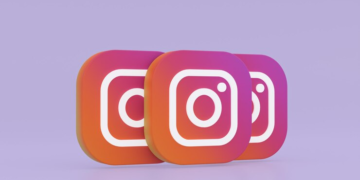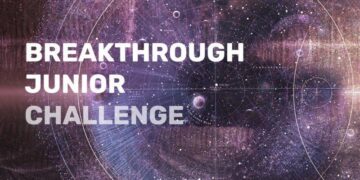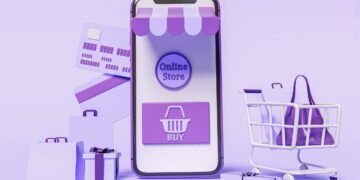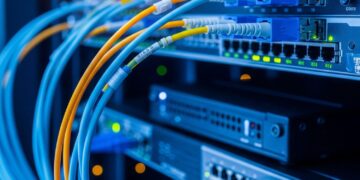
Over the last few years, we’ve heard a lot about the internet of things (IoT) and how it’s going to change our lives. Technically, though, it already has. Think about all the internet-connected devices we already own.
If you’ve got a smartphone, you could well say that the IoT is here already. Now, technically, the IoT refers to a range of different appliances or devices all being interconnected. In this post, we’re going to look at how it could revolutionize education going forward.
Connecting the World
Studying abroad is a goal that many school leavers have. Unfortunately, though, the experience may be cost-prohibitive. Studying at an average in-state college in America costs $25,290 per annum.That’s just the tuition costs. Students must also pay for accommodation, food, and so on.
The IoT could be instrumental in making access to quality education more affordable for everyone. It can do this by allowing us to provide virtual classrooms for students. Think of an online learning class, but better.
At the moment, you can take courses online. You can even take university courses online for free through sites like Coursera. The format at the moment is simple enough. You either watch the live class online or download it to watch later.
It’s an effective way to do things. Unfortunately, though, it means that you lose that immediacy when it comes to interacting with your professor and classmates. The IoT could change that.
Say, for example, that you want to study at Duke University in America. You could pay for the tuition, but couldn’t afford the travel or accommodation. Duke University could partner with an institution in your town and allow online enrolments.
How does IoT come into it? Smartboards, virtual reality goggles, and digital highlighters make it easy to transfer information. Students from all over the world could don their goggles and feel as though they’re in the classroom.
They’d be able to ask questions in real time and get answers straight away. Students could work on a smartboard anywhere in the world and present their method to the rest of the class easily. As soon as their smartboard was updated, the information would be relayed simultaneously to connected devices.
Enhancing Textbooks
If you’re old enough, you’ll remember having to rely on textbooks as your primary source of information. Back then, there was no Google to ask for information. You’d literally have to check and read through many books to gather the information that you needed.
Today, with the proliferation of information online, finding a specific text and information related to it is a lot easier. E-textbooks could make things even simpler. You could download your textbook from a central depository, for example.
Straight away, this would save you money. These types of e-books would be searchable, meaning that all you’d need was the right search phrase to zero in on the right information. You could use a digital pen to highlight and save passages to create notes for later.
You could bookmark pages and call them up later. You could easily share a particular paragraph or page with your study group. If you liked, you could use a digital pen to mark the information in your e-book. You could even decide to allow future readers to see the notes you made.
Last but not least, by using an e-book here, it’d be easy to create hyperlinks to related information. Reading more on a particular subject would be as simple as clicking on the link in the text.
Breaking Language Barriers
Say, for example, that you live in Osaka and don’t speak a word of English. Does it make sense to want to go to Duke University in America? Not really—you can’t learn much if you don’t understand what’s being said.
The IoT could change that as well. We already have apps that translate conversations in real time. Applying that technology to classes makes a great deal of sense. It doesn’t stop at just translating the spoken word.
Those who are hearing impaired could use a pair of IoT-based gloves. As they’re signing out the words, the gloves could interpret them. This information could then be relayed to the professor or classmates in the form of speech.
You could also engineer a program that converts speech into written language for the hearing impaired or possibly convert the written word into speech for the sight impaired.
Final Notes
The IoT could help students all over the world access top-notch education in a far more affordable way. Imagine if all it took to join classes at Duke University was a few hundred dollars for a pair of virtual reality goggles.
Equal access to education could go a long way to help impoverished communities break the cycle of poverty. The IoT could be instrumental in bringing better educational opportunities to the masses.
























































